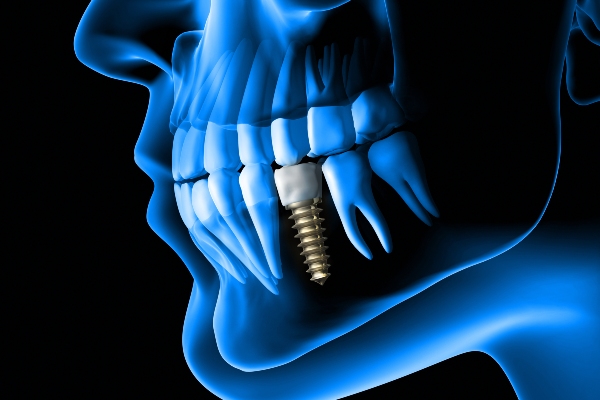Dental Sealants: How They Help Prevent Cavities

Dental sealants are a popular treatment that is used in aiding prevention of cavities from forming, especially for teeth that are in the back of the mouth. Dentists typically recommend that their patients have sealants applied to their molars or premolars. Molars are the primary teeth used in chewing foods, which also greatly affects the wear and tear on someone’s teeth. That is why it is recommended by dentists to have sealants applied to these specific teeth.
How are dental sealants applied?
Dental sealants are applied in a very particular manner by painting on a liquid type of material that is bonded to the tooth and “seals” then seals the tooth. This helps in preventing the formation of cavities and avoiding any tooth decay. The protective layer that seals the tooth will protect against damages to the tooth.
Why should someone have dental sealants applied?
Although someone can be diligent in keeping a good brushing and flossing routine, someone can only be so good at removing the food particles that can begin forming plaque. Sealants protect against cavities, especially on the molars and pre-molars. Molars are used primarily for chewing foods so they are more susceptible to cavities.
Who is a good candidate for dental sealants?
Typically dentists suggest that people have dental sealants applied at the earliest age possible. Because of the likelihood of the formation of plaque in the molars and premolars as well as because it can be difficult to clean in the nooks of these teeth, dental sealants are recommended to prevent the formation of cavities.
How are dental sealants applied?
The application of dental sealants is entirely painless and straightforward. The whole process in all takes only a few minutes and can be applied by either your dentist or dental hygienist. The application is applied to each tooth individually. However, most people are shocked when they find out it has been completed on all of their teeth.
Below, we will outline how dental sealants are applied, so that people are aware of exactly what happens during the process.
Dental sealant application process
- The first step is that the dental hygienist will thoroughly clean the teeth that the dental sealants will be applied to.
- Then, each tooth is dried entirely using cotton or an absorbent material that is put around the tooth to ensure that the area is kept dry.
- Sometimes a dentist will put a type of “etching” solution on the surfaces of the teeth that are used for chewing. This will help in “roughening them up” and helps the sealant bond with the teeth. Depending on the sealant that the dentist is going to apply, this step may not be necessary.
- The teeth are then rinsed and dried as long as step 3 was completed.
- After the teeth are thoroughly dry, the sealant is applied and painted onto the teeth's enamel. This helps in bonding directly to the tooth, and it hardens it. Sometimes a dentist will use a specific light that aids in the sealant hardening faster.
Have more questions about dental sealants? Contact us today!
Do you have more questions about having dental sealants applied to your teeth? Feel free to reach out to our office and the staff will gladly answer any additional questions you may have. We are always happy to help in guiding you in making the best decisions for your teeth and oral health. Feel free to contact us today!
Request an appointment here: https://www.thanasasdds.com or call Thanasas Family Dental Care at (248) 260-2878 for an appointment in our Troy office.
Recent Posts
Dental sealants are always a good preventative choice for you or your children to act as protection against decay for teeth. If your teeth are susceptible to decay or your children are still learning proper oral hygiene practices, we encourage you to explore dental sealants as an extra preventative measure. Continue reading to learn more…
Preventive dentistry can help you avoid issues like tooth decay and gum disease, which are the most common issues that dentists deal with. Keeping your teeth and gums healthy starts with having a consistent oral hygiene routine.Many of the dental issues that you might find yourself dealing with start with the bacteria in your mouth.…
Preventive dental treatments involve instruction, treatment, and the practice of keeping a proper oral hygiene routine. Preventative care is crucial for having healthy teeth and an attractive smile. The procedures are aimed at preventing cavities, enamel wear, and gingivitis (gum diseases).When you have a dental appointment, the dentist will conduct a comprehensive oral examination that…
When it comes to preventive dental care for kids in Troy, we do it all. Our focus is on keeping your children healthy now and as they get older. Beginning from a very young age, we work to teach children healthy habits, show them how to care for their teeth and clean their teeth on a regular…


